12 Indoor Gardening Hacks for City Dwellers
Living in the city doesn’t mean you have to give up on your love for gardening. With a little creativity and the right tools, you can transform even the smallest space into a thriving indoor garden. Whether you are growing fresh herbs on a windowsill or creating a vertical garden, there are plenty of ways to bring nature indoors. These simple hacks will help you maximize space and make the most of your indoor gardening experience. Get ready to add some green to your urban home with easy, space-saving gardening ideas.
This post may contain affiliate links, which helps keep this content free. Please read our disclosure for more info.
Vertical Gardening
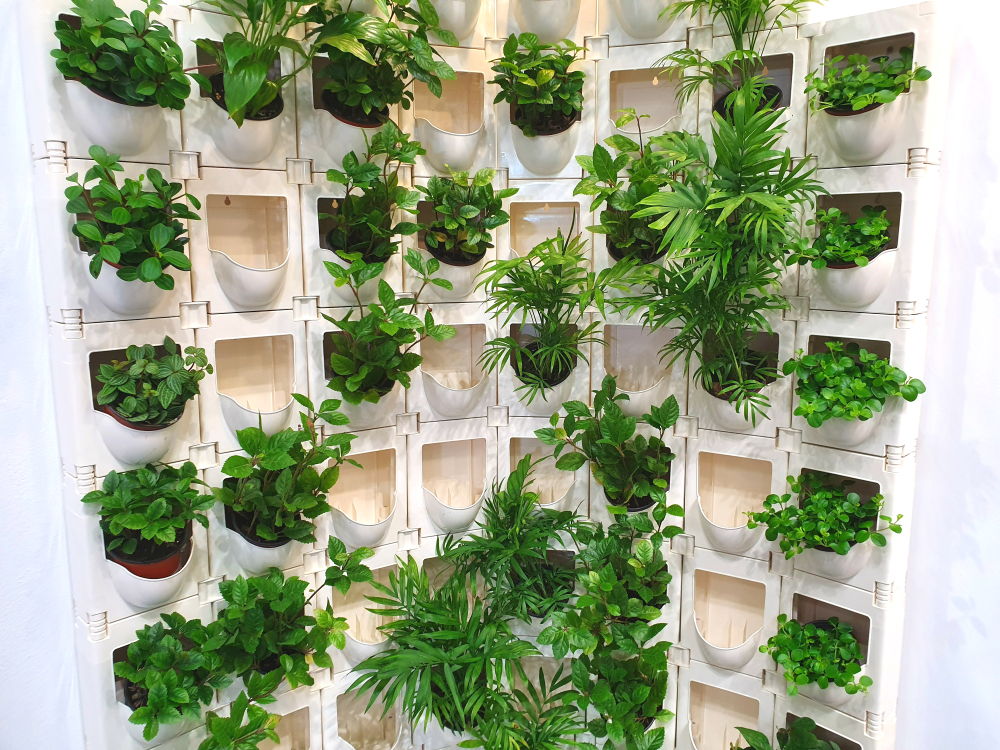
Vertical gardening is an excellent way to maximize limited space in small apartments. By using walls, fences, or specially designed vertical planters, you can grow herbs, vegetables, or flowers in areas that would typically be unused. Vertical gardens not only save space but also create a stunning green backdrop for your home. It’s a clever way to use height instead of floor space, which is ideal for city dwellers who are short on room.
Vertical gardening systems come in various designs, from simple shelves to more complex hydroponic setups. You can even install a vertical garden yourself with materials like pallets, trellises, or repurposed plastic bottles. By growing plants vertically, you give your home a lush, vibrant look while making the most of every inch of available space.
Hanging Planters
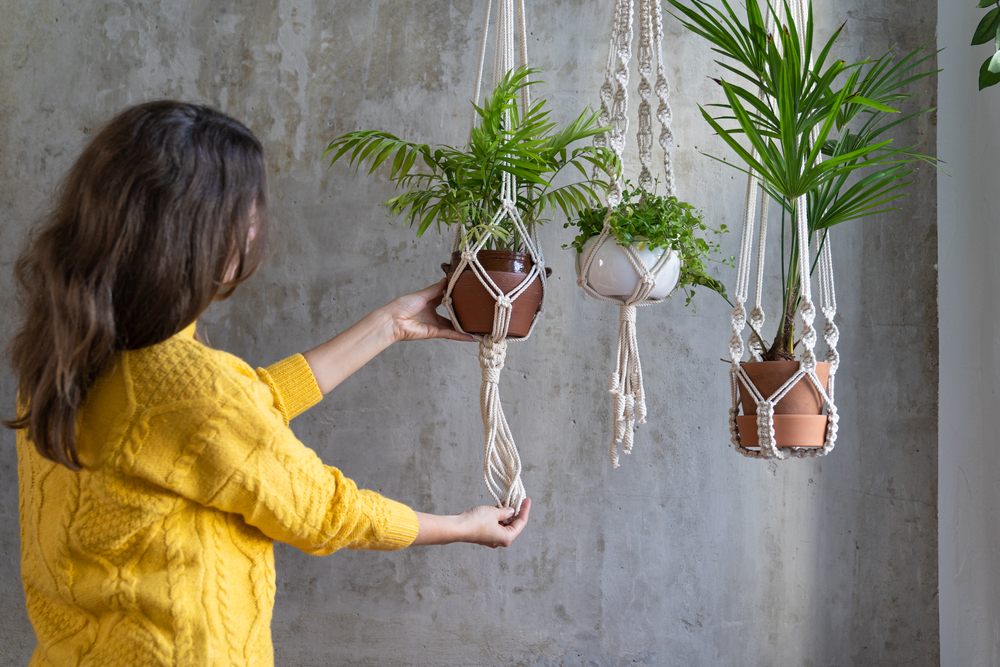
Hanging planters are a fantastic solution for maximizing space in your home while still enjoying the benefits of indoor gardening. These planters free up counter and floor space by suspending plants from the ceiling, creating an attractive display at eye level. From small herbs to trailing vines, hanging planters can hold a variety of plants and add a sense of greenery to your living space.
For a more eco-friendly option, consider upcycling containers like mason jars, tin cans, or old teacups to hang your plants. This not only saves space but also gives your plants a unique and personalized touch. When placing hanging planters, make sure they are positioned in areas that receive adequate light, such as near windows or under skylights.
Choosing Compact Plants
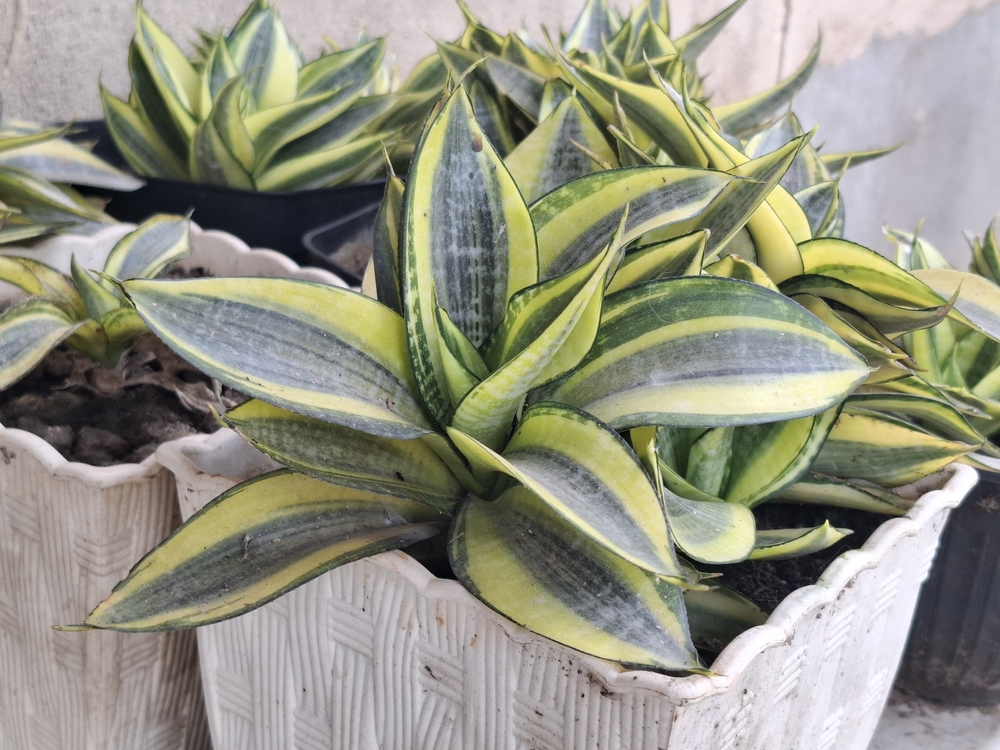
When space is limited, selecting compact plants is key to making the most of your indoor garden. Many plant species have dwarf or miniature varieties that grow well in small pots and tight spaces. Plants like bonsais, small succulents, or compact flowering plants are great choices for city dwellers who want to keep their gardening hobby manageable.
These compact plants require less maintenance and are well-suited for apartment living. With their smaller size, they fit perfectly on windowsills, small tables, or shelves. Some of these plants are also quite resilient and can thrive even in low light conditions, making them ideal for indoor environments with less natural sunlight.
Window Sill Gardens
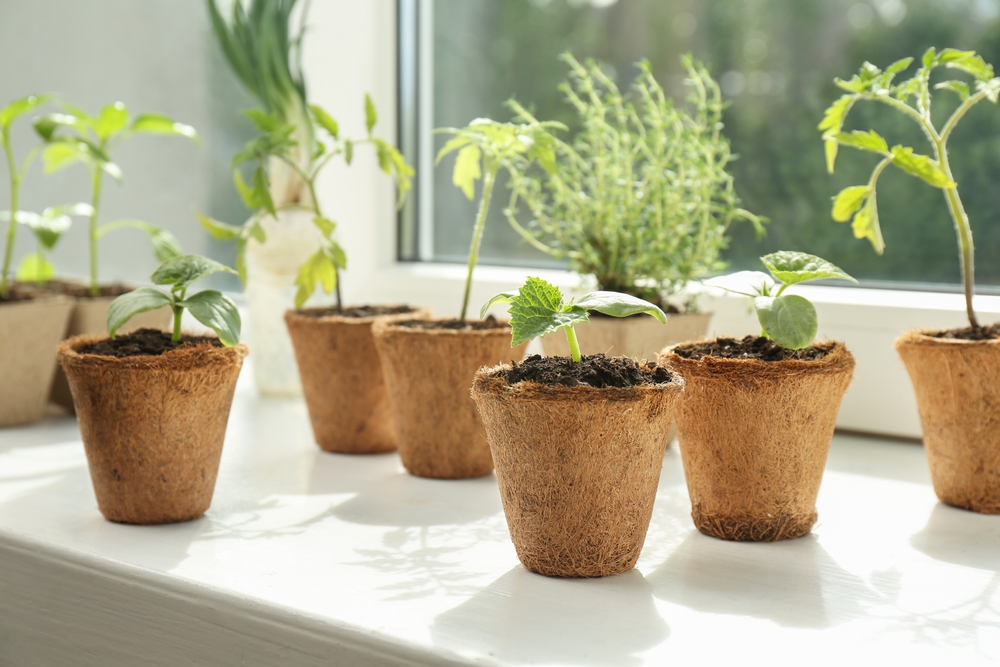
If you have access to a window with plenty of sunlight, a window sill garden can be an ideal solution. This small space can hold a variety of plants, such as herbs, small flowers, or even vegetables like lettuce or spinach. Not only does a window sill garden maximize available space, but it also brings a touch of nature to one of the most overlooked areas of the home.
Window sills provide ample natural light, essential for plant health, and with the right containers, you can create an efficient and attractive indoor garden. Small pots or even repurposed containers like egg cartons can be used to grow seedlings or smaller plants. It’s a simple and cost-effective way to grow your favorite plants without taking up much room.
Using Multi-Purpose Furniture Planters
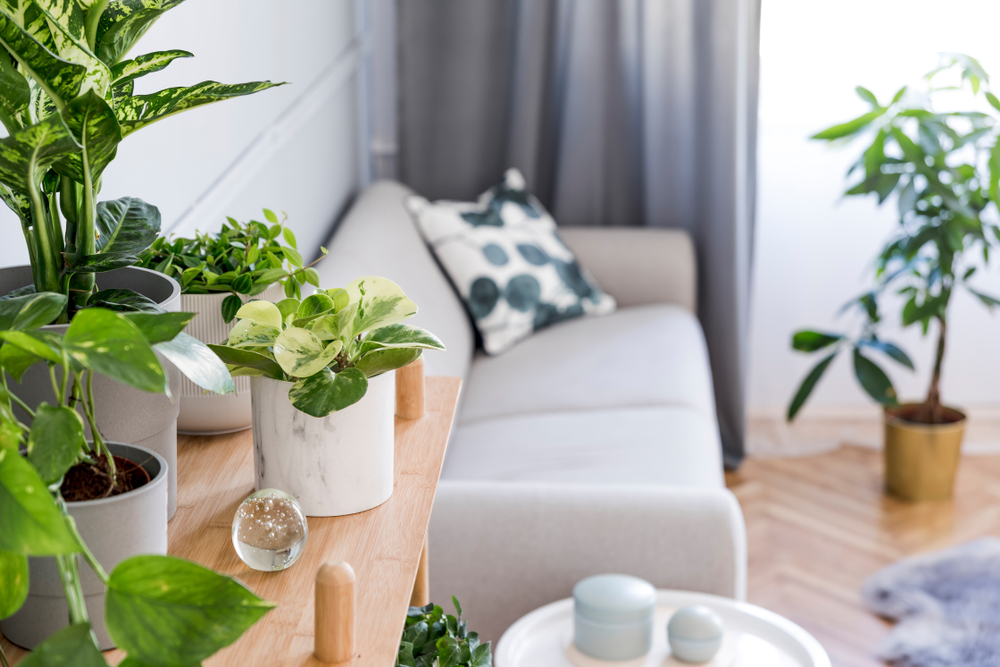
In small apartments, every piece of furniture should serve a purpose. Multi-purpose furniture planters allow you to combine gardening with furniture, which helps save space. For example, ottomans or side tables with built-in planters offer both seating and a place to grow plants. This way, your furniture contributes to your indoor garden while also fulfilling its regular function.
These types of planters are ideal for growing small plants or herbs and can help transform your living room, kitchen, or balcony into a green oasis. Many of these furniture planters are designed to blend seamlessly with your home decor, making them a stylish and functional addition to your space. Plus, they make it easy to add greenery without cluttering the area with extra pots.
Upcycling Containers for Planters
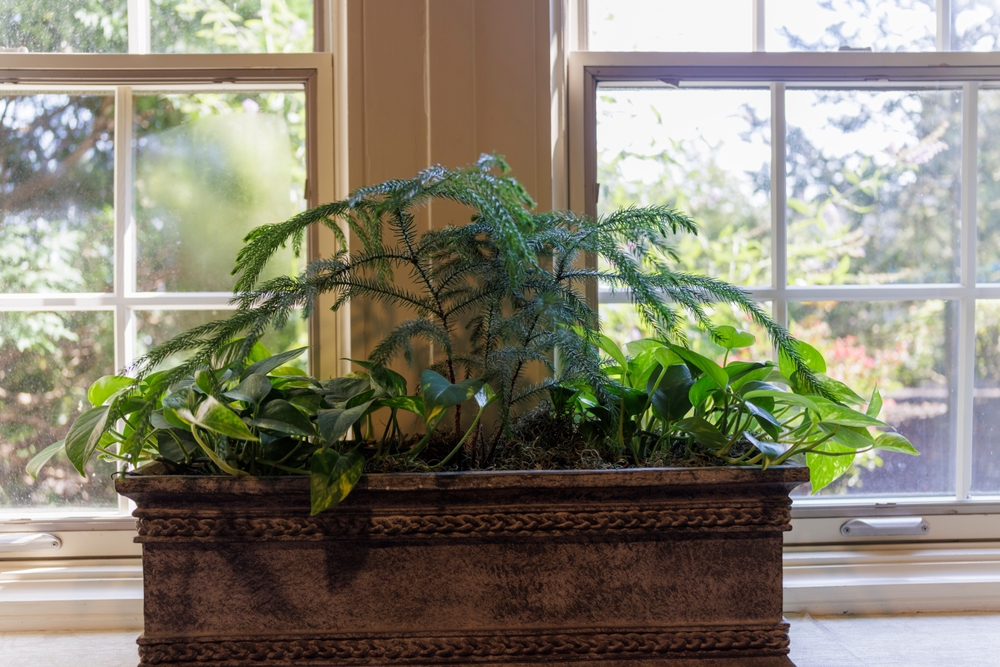
One of the best ways to make use of limited space is to upcycle containers into planters. This can include old cans, jars, baskets, or even broken pottery. Repurposing these items gives them new life while offering unique containers for your plants. Upcycling is an eco-friendly and creative way to cultivate an indoor garden without buying new planters.
Not only does upcycling save money, but it also gives you a chance to personalize your plant pots. You can paint, decorate, or add personal touches to make your plants truly unique. Using a variety of upcycled containers can create a fun, eclectic garden that reflects your style while maximizing your indoor space.
Hydroponic Gardening
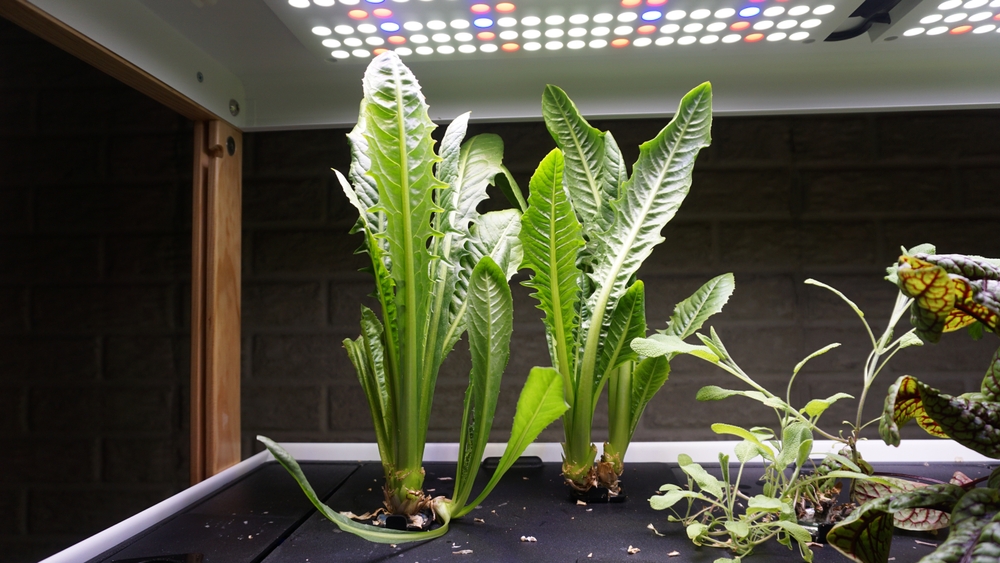
Hydroponic gardening allows you to grow plants without soil, using a water-based nutrient solution instead. This is perfect for urban gardeners with little space, as hydroponic systems are compact and can be set up indoors. Many hydroponic kits are designed to be small enough to sit on a countertop or even fit into a kitchen window.
Hydroponics is also ideal for growing leafy greens, herbs, and small vegetables. These plants tend to grow quickly, and since they don’t require soil, there’s less mess to clean up. A hydroponic garden system provides a unique and efficient way to grow fresh produce indoors, perfect for city dwellers with limited space and a desire to grow their food.
Indoor Green Walls
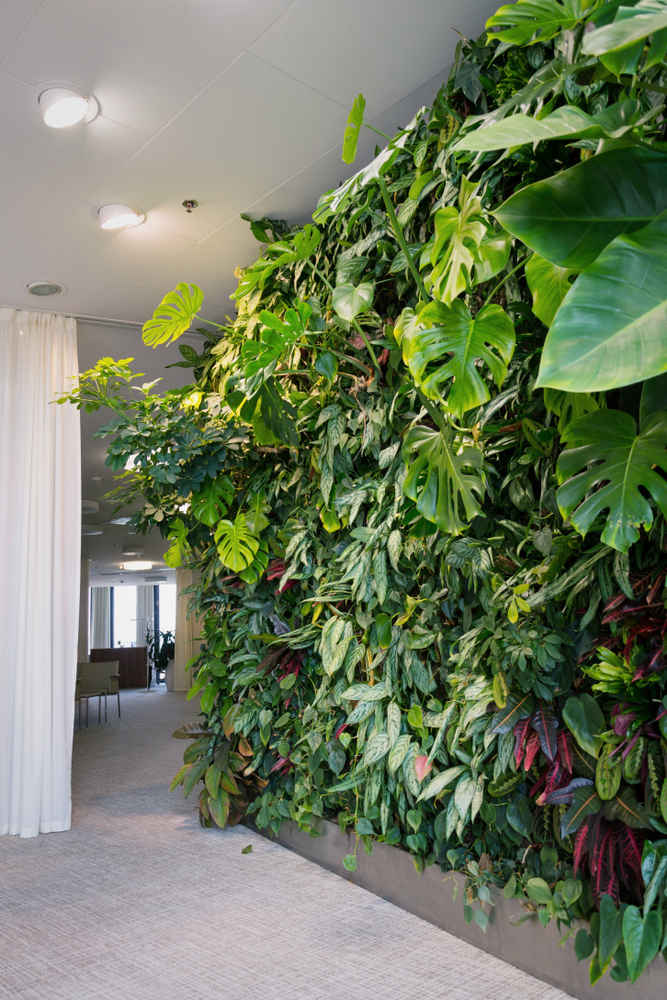
If you have wall space, consider turning it into an indoor green wall. This type of garden is essentially a vertical system that holds multiple plants in a grid or panel system. Green walls can host a variety of plants, from ferns to trailing ivy, and they bring a sense of lush greenery into your home without taking up much floor space.
Green walls are easy to install and can be customized to fit any size wall. Whether you go for a pre-made system or create your own using pots and a wooden frame, a green wall makes a dramatic statement while allowing you to grow a wide range of plants. The best part is that green walls can be placed in areas that receive minimal floor traffic, like corridors or unused walls.
Use of LED Grow Lights
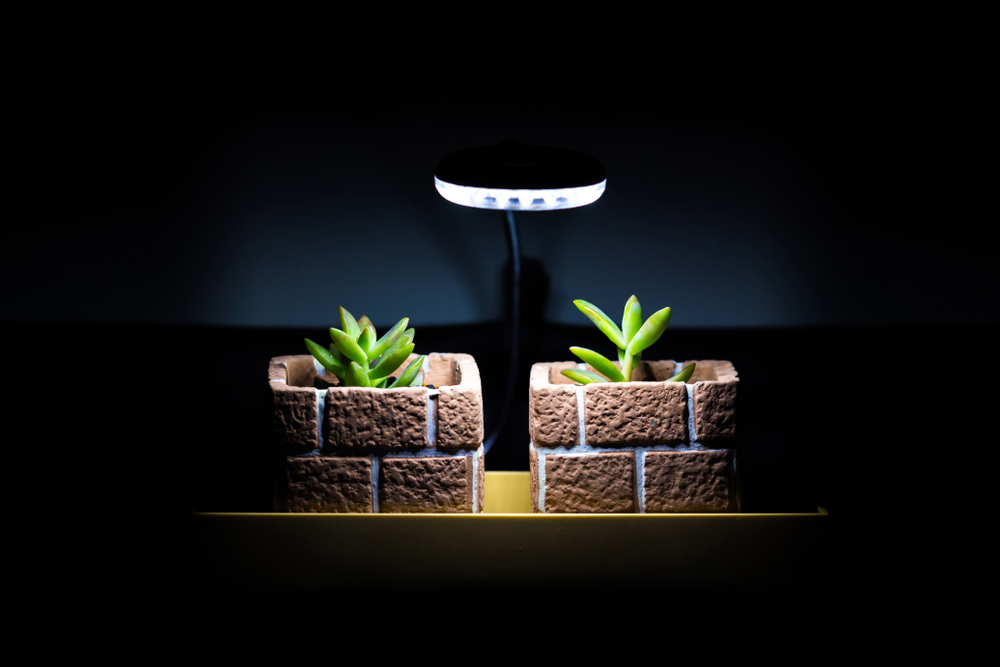
LED grow lights are an excellent solution for indoor gardeners who lack natural sunlight. These energy-efficient lights provide the necessary spectrum of light for plant growth, ensuring your indoor garden thrives even without access to outdoor sunlight. By placing LED grow lights over your plants, you can mimic the effect of natural sunlight and promote healthier, faster plant growth.
LED grow lights come in various sizes, and many are designed to be compact and adjustable, making them perfect for city apartments. These lights can be placed over your vertical garden, windowsill plants, or even in small indoor greenhouses. With the right setup, LED grow lights ensure your plants get the light they need year-round.
Aquaponic Systems
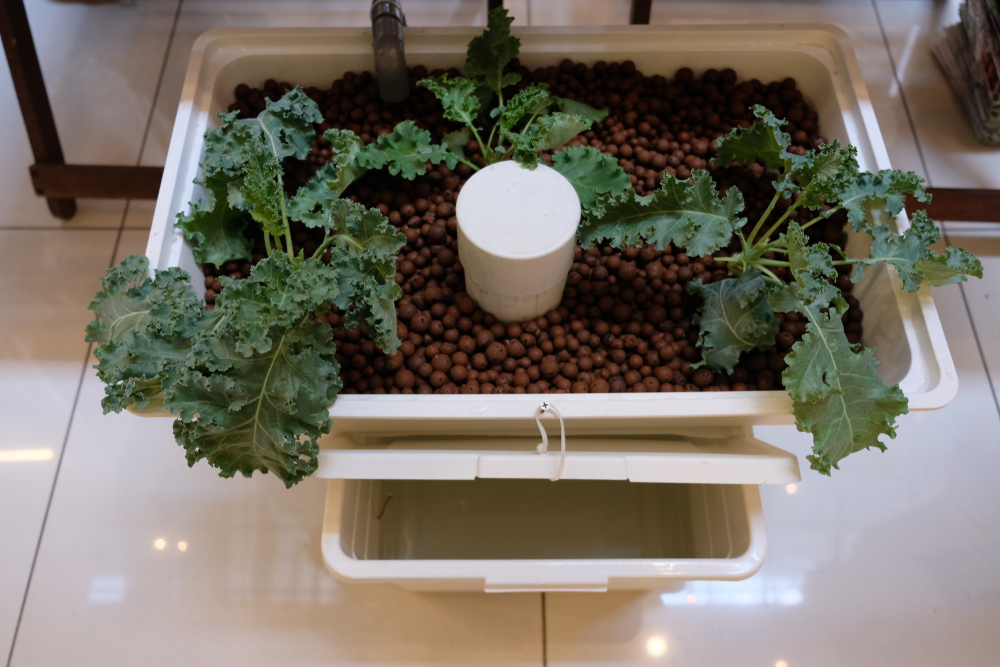
Aquaponic systems combine aquaculture (fish farming) with hydroponics to create a closed-loop ecosystem. In an aquaponic system, fish waste provides nutrients for the plants, and the plants filter the water for the fish. This sustainable gardening method is a fantastic option for those who want to grow plants and raise fish in a small space.
Aquaponic systems are relatively easy to set up and can be placed on a countertop or small table. These systems are particularly well-suited for growing vegetables and herbs, and they require minimal maintenance once the ecosystem is established. With an aquaponic garden, you can grow both fresh produce and fish without taking up much space, making it an efficient and unique gardening hack for city living.
Using Terrariums
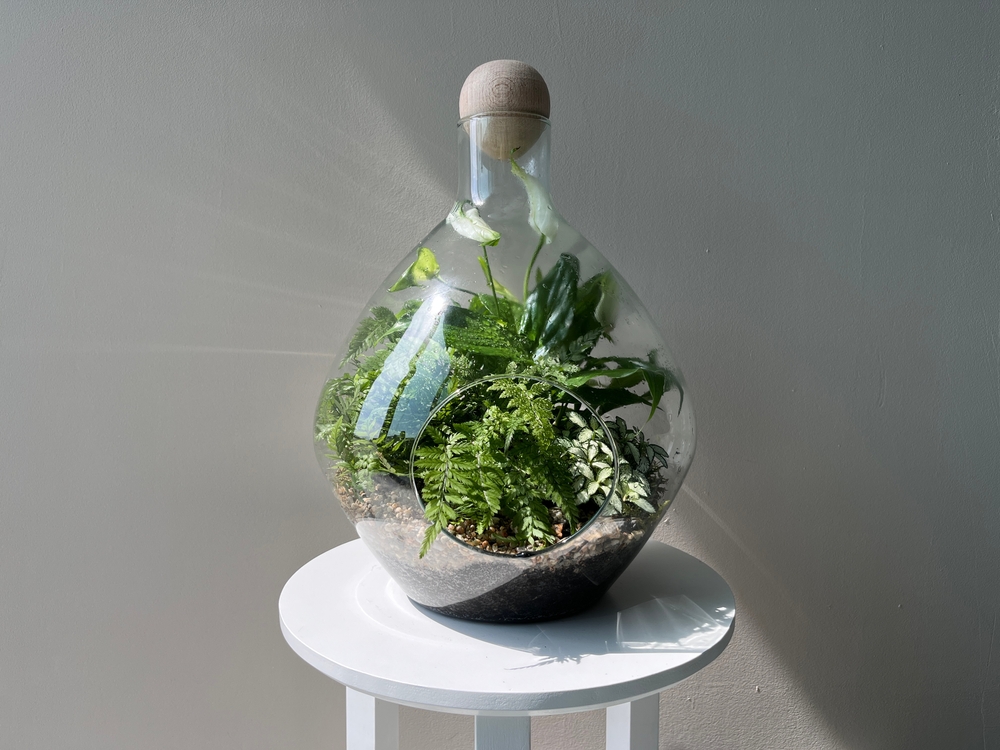
Terrariums are small, enclosed glass containers that provide the perfect environment for growing plants indoors. They are ideal for people with limited space because they take up very little room and can be placed on shelves, tables, or windowsills. You can create your terrarium by adding small plants like succulents, ferns, or moss to a glass jar or container.
Terrariums are low-maintenance and don’t require frequent watering. Their enclosed nature creates a mini ecosystem, which makes them self-sustaining. With their glass design, they also add an elegant, modern touch to any room, giving your space a natural, calming vibe. Plus, you can experiment with different plant combinations to create unique designs.
Repurposing Old Furniture for Gardens
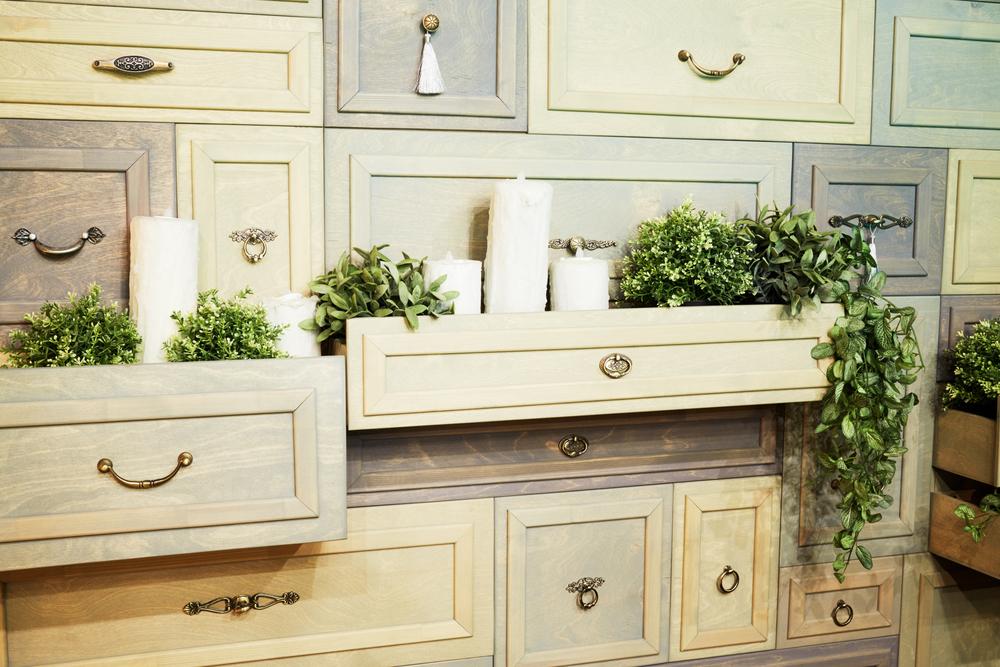
Repurposing old furniture into gardening spaces is a great way to give new life to unused items. You can turn a dresser drawer, an old bookshelf, or even a wooden ladder into a functional plant stand or vertical garden. Repurposed furniture not only saves space, but it also adds character to your home with its unique style and design.
Using old furniture for gardening projects can help create a vintage or shabby chic look, depending on the furniture you use. You can plant flowers, herbs, or small vegetables in these repurposed items, and they can be placed anywhere in your home. This hack is not only sustainable but also a fun way to personalize your indoor garden.
This article originally appeared on Avocadu.
